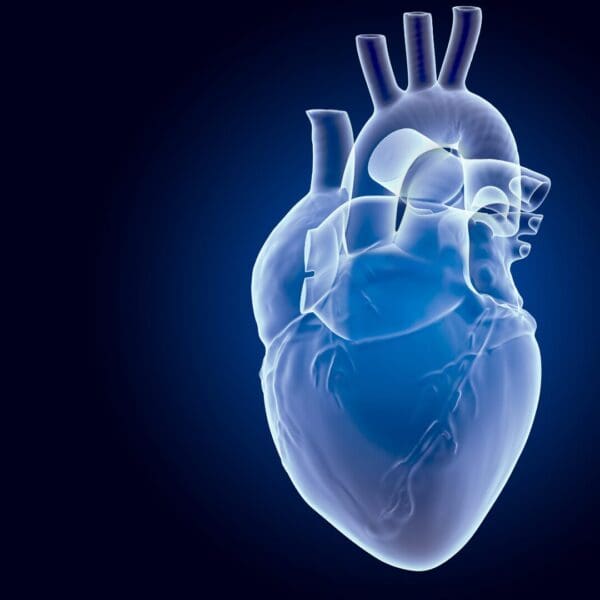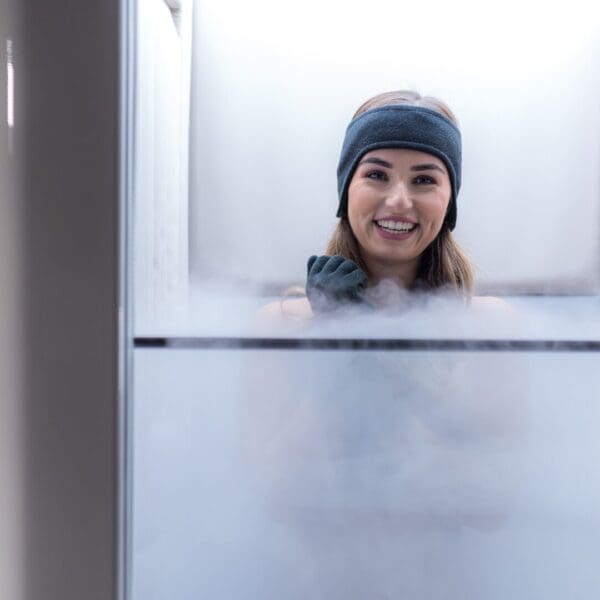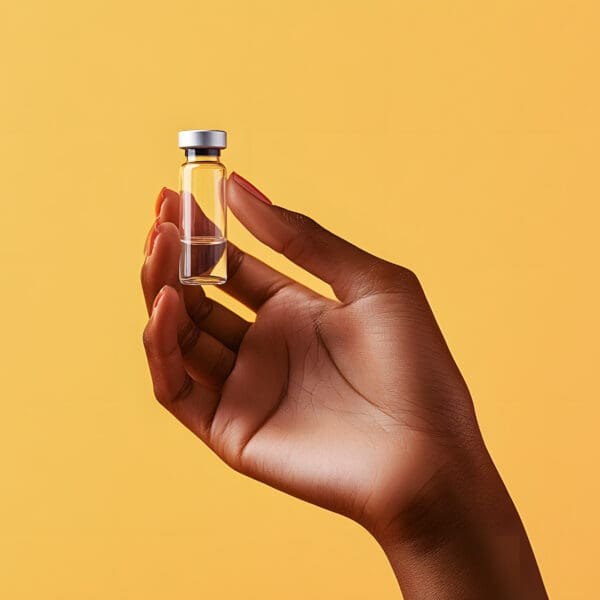In this article I’d like to share the reasons why EBO2 treatment along with a methylene blue IV can be a dynamic duo when it comes to fighting viruses and decreasing viral load.
EBO2
Studies show that EBO2 therapy with the Hemealumen could have similar antiviral effects as photoactivated methylene blue because ozone produces hydrogen peroxide and lipid oxidation products in the blood. In turn, these compounds cause damage to the membranes and genomes of viruses. These compounds are essentially death sentences for the viruses but typically have little effect on normal cells. Ozone and its degradation products may also exert broad-spectrum antiviral effects against viral pathogens.
When mixed with blood ex vivo, ozone gas reacts rapidly with biomolecules to produce hydrogen peroxide, lipid oxidation products like aldehydes, and oxidized proteins. These reactive species can damage the envelopes and genomes of viruses in a similar non-specific oxidizing manner to singlet oxygen and superoxide from photoactivated methylene blue.
However, the reactivity of ozone derives mainly from direct oxidation of biological material rather than excited state electron transfers. The downstream effects of ozone-induced oxidation on cell signaling may share common pathways with photodynamic therapy, including activation of antioxidant systems such as the NRF2 pathway.
Methylene Blue
Methylene blue can be used post-EBO2 treatment. In vitro studies have shown methylene blue can inhibit viruses like influenza, herpes simplex, SARS-CoV-2, and multiple varieties of hepatitis viruses. The mechanisms involve interfering with virus lipid envelope structures. When given intravenously, methylene blue distributes widely to key viral replication sites like the liver and spleen. Its redox reactions can then exert antiviral effects at high enough doses.
Methylene blue also shows synergistic antiviral activity with visible light irradiation through a photodynamic reaction. Methylene blue’s well-established safety profile for intravenous use makes it amenable for viral infections, especially in combination with therapeutic approaches activating its antiviral photochemistry. Even better, photoactivated methylene blue is significantly more efficient at killing viruses than the compound alone without light activation.
This is because methylene blue becomes electronically excited when exposed to specific wavelengths of visible light. It can undertake redox reactions with oxygen to generate singlet oxygen and superoxide – two potent reactive oxygen species. These reactive oxygen species can damage proteins, lipids, and nucleic acids within virus particles through oxidation, compromising structural integrity critical for infectivity. In particular, singlet oxygen damages viral envelopes, while superoxide damages genomes.
The electronically excited methylene blue molecule can also directly bind to DNA/RNA, further interfering with replication. Methylene blue is best activated by 600-700nm red light wavelengths. Its absorption spectrum peaks around 660-670nm light, meaning it most efficiently absorbs photons at these wavelengths. Optimal wavelengths typically cited are 630nm, 660nm, and 670nm from red laser or LED light sources. These correspond to its excited state transitions. The blue light around 400-500nm can activate it to a lesser extent but much less efficiently than the red spectral region.
Infrared wavelengths above 700nm generally lack the energy to induce the electronic transitions that activate methylene blue. Pulsing the red light rather than continuous exposure often gives optimal production of singlet oxygen and other reactive species. However, steady light will work well.
The light activation transforms methylene blue from a static antiviral agent into a dynamic producer of virus-killing reactive species at sites illuminated following systemic delivery. Photoactivated methylene blue wields amplified oxidizing power through the unique photochemical production of reactive oxygen species that can achieve broad-spectrum antiviral effects efficiently and induce irreparable oxidative damage to vulnerable viral particles.
At the same time, the reactivity of ozone is derived mainly from the direct oxidation of biological material rather than excited state electron transfers. The downstream effects of ozone-induced oxidation on cell signaling may share common pathways with photodynamic therapy, including activation of antioxidant systems. The two modalities together may act as a powerful anti-viral agent.
One fact to remember when using methylene blue is to recognize its effects on the body’s nitric oxide (NO) production and metabolism. Methylene blue is a NO scavenger. It reacts directly with NO molecules in tissues and blood, converting them into nitrates and effectively reducing NO levels. This scavenging is one of the primary mechanisms by which methylene blue exerts vasoconstrictive effects. It inhibits nitric oxide synthase (NOS). These are the enzymes responsible for generating NO. Methylene blue partially inhibits the endothelial, neuronal, and inducible NOS isoforms, further reducing new NO formation. Methylene blue competes with NO for guanylyl cyclase. NO typically activates guanylyl cyclase, producing cGMP, an important signaling molecule. By competing for the enzyme’s binding site, methylene blue interferes with this NO effect on smooth muscle relaxation and signaling. However, there are methods to lessen the decrease in NO. The patient can receive L-arginine or L-citrulline, amino acid precursors that boost NO production by NOS. In our office, we use Neo-40, which is a rich source of inorganic nitrate that gets converted to NO*.
You might also enjoy reading:
How Methylene Blue May Hold the Key to Curing to Hot Flashes
*These statements have not been evaluated by the FDA.














